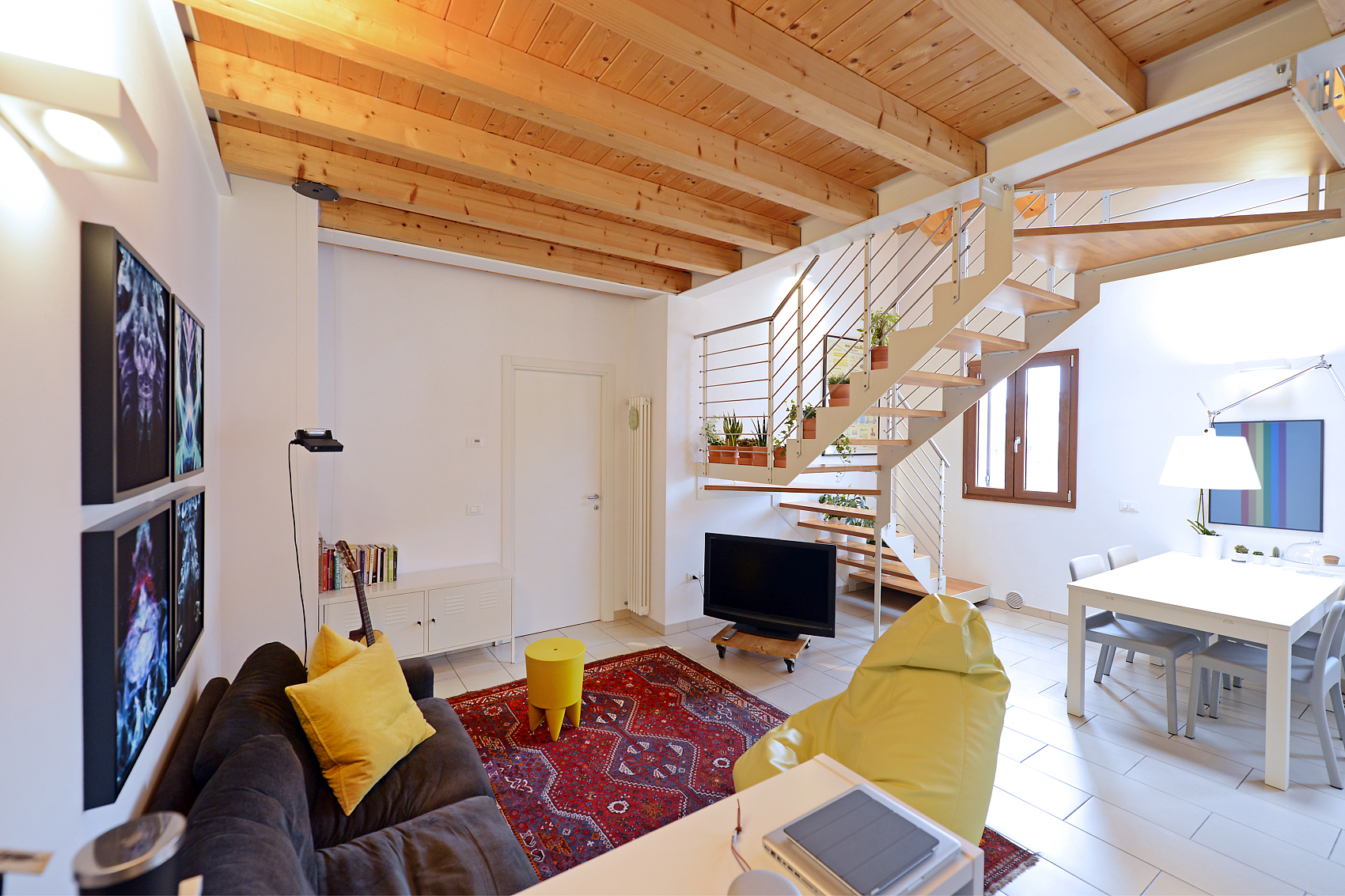Here’s the deal: Planning outdoor lighting gives you endless possibilities to enhance your garden and outdoor spaces. From choosing the right lighting fixtures like Malibu lights, solar-powered options, low-voltage LED garden lights, and landscape lighting kits, you can make your outdoor areas shine without breaking the bank.
We often get questions like this:
“We’re planning to add outdoor lighting to our garden and landscape, but we’re not sure where to start. Can you help us with some lighting ideas?”
Here’s the answer: Outdoor lighting, like any good project, needs careful planning to make sure you get the most enjoyment and value. Planning right from the start will save you time and money down the road. The goal is to make the most of your space and improve the curb appeal of your home with the right lighting. Even if you can’t complete everything in one season, you’ll at least have a clear plan to work towards.
Every Light Has a Purpose
To get the best results, each light you install should have a clear purpose. Whether it’s lighting up a specific area or serving multiple functions, here’s what your lights should generally do:
- Highlight the beauty of your garden at night, so you can enjoy it after dark.
- Illuminate outdoor spaces like patios, terraces, or BBQ areas for safer, more enjoyable evening entertaining.
- Light up pathways, driveways, and entryways for safety and convenience when moving around at night.
- Provide overhead lighting for tasks like working outside or playing games on the lawn.
- Increase safety and security by discouraging potential intruders and lighting areas for guests.
In many cases, you can use one light to serve multiple functions. For example, a well-placed spotlight can light up a feature like a large shrub, while also providing enough light for a nearby garden path.

Plan Your Outdoor Lighting on Paper
Start by drawing a simple scale map of your outdoor space. Using graph paper works best because each square can represent a set number of feet, making it easier to sketch accurately. Use a ruler to mark out the main areas of your home: the house, garage, driveways, patios, and any large features like trees, pools, or flower beds. Don’t worry about precise measurements—just aim for a general proportion to keep everything in perspective.
Once the basic outlines are in place, mark out the areas you want to light. At this stage, don’t worry about exact light placements; just note where you want lighting and how many outlets you might need. Use different colors for each type of lighting—this will help you visualize the areas to be illuminated.
Location and Purpose of Garden Lighting
The main goal of garden lighting is to enhance the beauty of your garden after dark. Focus on the parts of your garden that you can see from your main living areas at night. For example, it doesn’t make sense to light up a flower bed that’s hidden from view.
Start by sketching in the trees, shrubs, or other features you want to highlight. Think about the views from your terrace, patio, or BBQ area, as well as from inside your house—especially areas with large windows, like the living room or dining room. You don’t need to get into the specifics of which plants to light just yet; for now, just outline the areas you want to focus on.
Lighting for Patios, Terraces, and Decks
Patio, terrace, and deck lighting should create a space where you can relax and enjoy social activities. The goal is to turn your outdoor area into a true extension of your living space, making it just as inviting as the inside of your home.

Lighting for Entrances, Driveways, and Walkways
Safety and convenience are key when it comes to lighting driveways, walkways, and entryways. Most of this lighting should be placed overhead to avoid glare and ensure safe navigation at night.
Your home likely already has some lighting, like a porch light over the front door, but for now, focus on additional lighting needs. Use a third color on your map to outline areas that need light—driveways, paths, entrances, and other service areas. Not every inch needs to be lit up; for example, the driveway may only need lights near the garage or parking area.
Don’t stress if some of your lighting areas overlap. In many cases, this is actually helpful, as it means one light can serve multiple purposes.
With these steps, you’ll be well on your way to planning a beautiful, functional outdoor lighting scheme.













